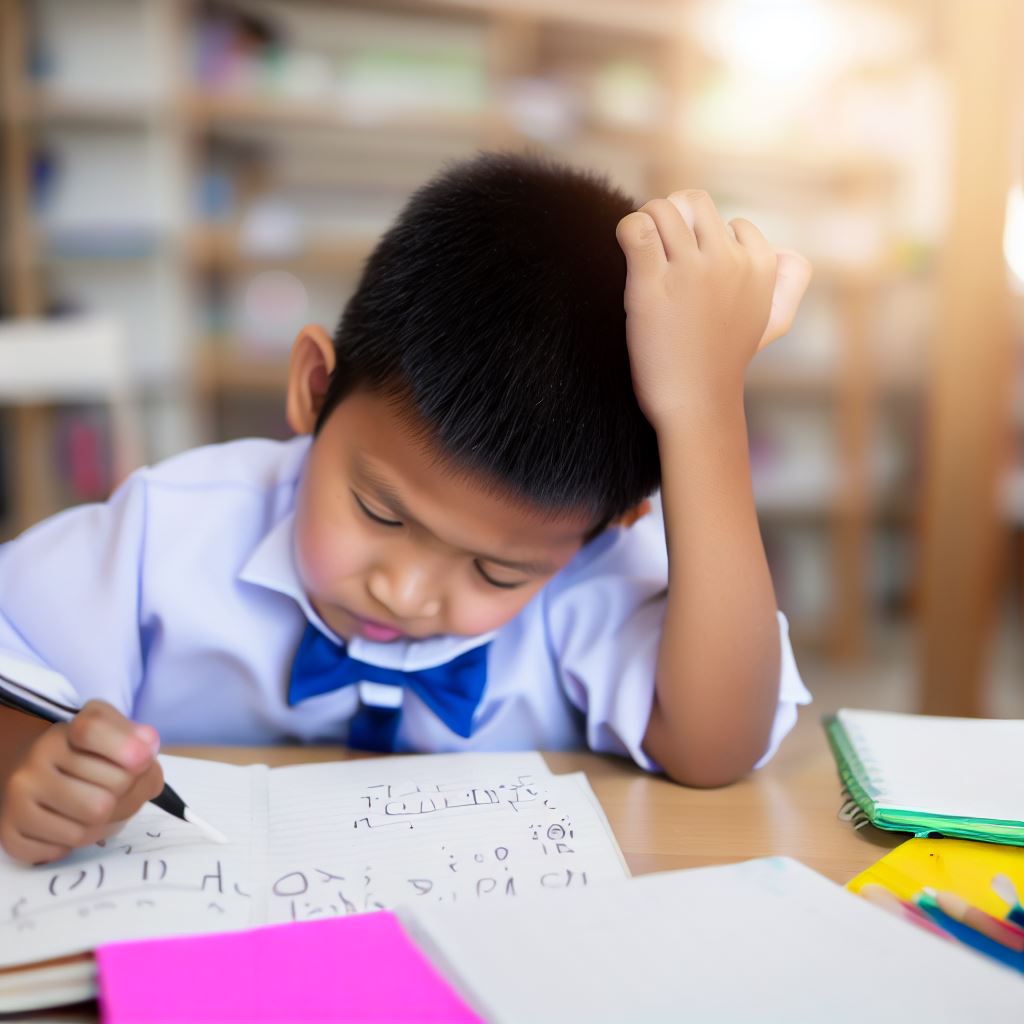What It Is, Causes, Symptoms & Treatment
Slow Learner

What is a Slow Learner?
Causes of Slow Learning
The reasons behind slow learning can vary and may not be attributed to a specific factor. Some potential causes include:
- Learning Disabilities: Slow learners may have undiagnosed learning disabilities that impact their ability to process information effectively.
- Environmental Factors: Disadvantaged socioeconomic backgrounds, lack of access to quality education, or insufficient support at home can contribute to slow learning.
- Emotional and Behavioral Factors: Emotional issues, anxiety, or behavioral problems can hinder the learning process.
- Attention Difficulties: Difficulty in maintaining attention and focus on tasks can affect learning.
Symptoms of Slow Learning
Identifying slow learners requires a comprehensive understanding of their academic progress and behavior. Common symptoms and characteristics of slow learners include:
- Delayed Milestones: Slow learners may achieve developmental milestones at a slower pace during early childhood.
- Struggles with Academic Tasks: They may have difficulty grasping academic concepts, leading to below-average performance in reading, writing, and math.
- Limited Attention Span: Difficulty in sustaining attention during lessons or tasks can be observed.
- Poor Memory Retention: Slow learners may experience challenges in retaining information learned in class.
- Reduced Self-Esteem: Continuous academic struggles may lead to low self-confidence and self-esteem issues.
- Social Challenges: Difficulties in social interactions and forming friendships may arise due to academic disparities.
Treatment and Support for Slow Learners
Early intervention and targeted support can significantly improve the academic outcomes and overall well-being of slow learners. Some effective treatments and strategies include:
- Individualized Education Plans (IEPs): Creating personalized learning plans to address the specific needs of slow learners.
- Remedial Programs: Providing additional instruction and support in areas where the student struggles.
- Multisensory Teaching: Using visual aids, hands-on activities, and interactive methods to enhance learning experiences.
- Emotional Support: Nurturing a supportive and encouraging environment to boost self-confidence.
- Peer Assistance: Encouraging cooperative learning and peer support to foster a positive learning atmosphere.
- Patience and Understanding: Practicing empathy and patience when dealing with slow learners to promote a sense of belonging and acceptance.
Conclusion
Slow learners are individuals who possess average intellectual potential but require extra support and understanding to thrive academically. As a significant portion of the population, it is crucial to recognize their unique needs and provide tailored assistance to help them overcome challenges and reach their full potential. By implementing individualized educational plans, employing effective teaching strategies, and fostering a nurturing environment, we can offer hope, dignity, and equal opportunities for slow learners at centers like “Ray of Hope” and other organizations dedicated to supporting individuals with learning difficulties. Embracing the diversity of learners in our society can lead to a more inclusive and empowering educational experience for all.
Reference
For more information, please refer to:
1. Centers for Disease Control and Prevention (CDC):
◦ Website: https://www.cdc.gov/
2. National Center for Learning Disabilities (NCLD):
◦ Website: https://www.ncld.org/
3. Autism Speaks (for Autism Spectrum Disorder):
◦ Website: https://www.autismspeaks.org/
4. The Arc (for Down Syndrome):
◦ Website: https://thearc.org/
5. Understood:
◦ Website: https://www.understood.org/
6. Learning Disabilities Association of America (LDA):
◦ Website: https://ldaamerica.org/
7. Ministry of Health Malaysia:
◦ Website: http://www.myhealth.gov.my/en/learning-disabilities-2/1
http://www.myhealth.gov.my/en/autism-spectrum-disorder/
8. National Down Syndrome Society of Malaysia (NDSSM):
◦ Website: https://ndss.org/
9. Early Autism Project Malaysia:
◦ Website: https://autismmalaysia.com/
